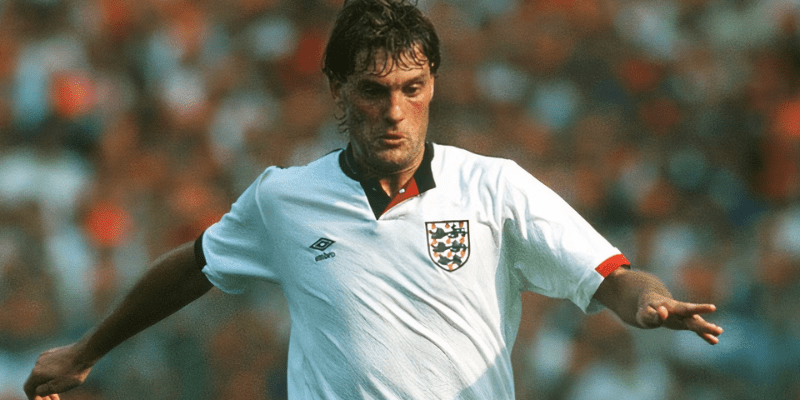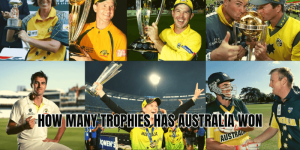England football legends, and fans’ hearts. In this article, KorKick will guide you through the legends of the England national side — their stories, records, and enduring legacies. When people search for england football legends, they expect moments, records, heart, and myth — let’s deliver it.
Defining What Makes a Legend

Before diving into names, what qualifies someone as a true England football legend? It’s a mix of on-field excellence, contribution to iconic moments, longevity, and cultural resonance. Some players rewrote record books. Others carried the weight of a nation in a tournament. A few became symbols of pride and identity. When multiple generations still speak of a player as if they’re still alive, that’s legend territory.
In our list, you’ll find goal scorers, defensive commanders, midfield maestros, and keepers whose saves became immortal. Let’s explore how England’s best were forged.
Icons by Role: Legends Who Defined Their Positions
Goalkeepers Who Guarded the Three Lions’ Goal
Gordon Banks is the first name that rises in any legend discussion. He made 73 caps for England and was the No. 1 goalkee. His famous “Save of the Century” against Pelé in 1970 sealed his immortality in football lore.
Peter Shilton, though better known as a club legend in goalkeeping, also broke England’s appearance record, finishing on 125 caps — more than any other player in the national team’s history. (He represented England.)
Other goalkeepers to merit mention include Ray Clemence, who earned 61 England caps and starred for Liverpool and Tottenham, and whose rivalry with Shilton defined an era of English goalkeeping.
Defensive Pillars and Captains
Bobby Moore stands as the undefiled emblem of English defense. Captain of England’s 1966 World Cup triumph, he earned 108 caps and was lauded even by Pelé as one of the greatest defenders he faced. His calm reading of the game, tactical intelligence, and leadership make him more than a defender — he’s the archetype.
Rearguards like Billy Wright, Jack Charlton, Martin Peters, and Tony Adams may not always top casual fans’ lists, but their consistency, toughness, and loyalty to England and club sides earned deep respect.
Midfield Maestros and Playmakers
England’s talent in midfield and creativity has produced unforgettable talents. Sir Bobby Charlton is arguably the most revered of them. With 106 caps and 49 goals, he was the attacking fulcrum of both Manchester United and England’s golden generation. His burst runs, long-range shots, and vision defined the attacking midfielder role for a generation.
Steven Gerrard, often the heart and soul of England’s more modern squads, made 114 caps. While he never won a major international trophy, his leadership, presence, and memorable performances (especially in qualifiers and Nations League) cement his legacy.
Frank Lampard, with 106 caps and 29 goals, offered balance — work ethic, goal contributions, and tactical discipline. Paul Gascoigne, despite a troubled career, showed flashes of genius on the ball, and remains a cult figure in English football. Paul Scholes perhaps played behind the scenes more than in limelight, but his passing range and consistency placed him in many fans’ “best ever England” discussions.
Forwards and Goal-Scoring Icons
If you want goals and legend status, England delivered. Wayne Rooney is second only to one in all-time England scoring — 53 goals in 120 caps — and remains among the most complete forwards England ever produced: strength, technique, vision, and the willingness to drop into midfield and fight.
Harry Kane, still active, is destined to be England’s top scorer if he continues. His intelligent movement, penalty composure, and leadership make him a modern legend already.
Many historic names also deserve mention: Jimmy Greaves scored 44 goals in just 57 caps and held England’s best goals-per-game ratio. He’s also the all-time top scorer in England’s top flight, with 357 goals.
Gary Lineker offered elegant finishing and consistency in a golden striker era. Michael Owen, bursting onto the international scene as a teenager, brought speed, dramatic moments, and memorable World Cup goals.
All-Time Records and Milestones

To appreciate legends, we must observe the records that only the greatest can touch:
- Most capped England player: Peter Shilton (125 caps).
- Top goal scorer: Currently, Harry Kane leads, with Rooney and Charlton among others trailing.
- Best goal-per-match ratio: Jimmy Greaves.
- Outfield caps record (historically broken): Bobby Moore held England’s record for an outfield player with 108 caps before being surpassed.
England’s national team history is also rich in cumulative numbers: by their 999th match, England had scored over 2,188 goals in total across all matches (including friendlies).
Narrative Moments That Solidified Legend Status
You don’t become a legend solely by statistics — there must be story, magic, and a moment that fans remember forever.
- In 1966, World Cup final: Bobby Moore lifted the trophy as England beat Germany 4–2 (after extra time). That moment echoed for decades.
- 1970, England vs Brazil: Gordon Banks’ save from Pelé’s header (with the ball spinning over) is often called the “Save of the Century.”
- 1986 World Cup: Gary Lineker won the Golden Boot, scoring six goals in Mexico, including a memorable volley vs. Paraguay.
- 1998 World Cup: Michael Owen’s solo run and finish vs. Argentina captured imaginations worldwide and announced his arrival to a global audience.
- Modern journey: Harry Kane’s penalty in Euro 2024 semi-final (though England lost on penalties) is framed in narratives as carrying the weight of expectation and still delivering moments.
Controversies, Critiques, and Why Some Legends Never Won More

Even legends have critics. Some never won a major tournament (e.g., Gerrard, Lampard). Some had off-field troubles. And in the modern era, debates rage: is a striker who scores many goals but fails in big matches less legendary? How do we weigh club versus country success?
But legends endure because they transcend those debates. Their myth grows through personal stories, fan memory, and the frequency of references: in chants, in media, in those “remember when” moments.
Building Your Own “England Football Legends” Top 10
If you were to create your own top 10 England legends list, here’s a mix many fans and historians would include (in no strict order):
- Bobby Moore
- Gordon Banks
- Sir Bobby Charlton
- Wayne Rooney
- Harry Kane
- Peter Shilton
- Jimmy Greaves
- Steven Gerrard
- Frank Lampard
- Gary Lineker
You could argue to swap in Gascoigne, Owen, or Scholes depending on how much weight you place on artistry over trophies.
Why Fans Still Chase These Names
What keeps these legends alive in fans’ conversations?
- Continuity: They connect eras — a fan born in 2000 can still know Moore, Banks, and Rooney.
- Storytelling: The legends are more than goals; they are tales of triumph, heartbreak, comeback.
- Records: Even when younger stars eclipse them, the first names who held those records remain revered.
- National identity: England has had fewer major international trophies than peers — thus legends become symbols of aspiration as much as achievement.
Conclusion
England football legends define not just the history of the Three Lions but the emotional fabric of football itself. From Banks’ miraculous saves to Moore’s stoic leadership, from Greaves’ finishing instincts to Rooney’s all-round brilliance, each legend brought something that numbers alone cannot fully capture.
Below, KorKick invites you to dive deeper: explore their match-by-match records, watch their iconic goals, and debate your own top ten. Let the legends inspire your passion — and keep returning to this space when you want storied profiles, statistical breakdowns, or vivid recounting of England’s unforgettable performances.






